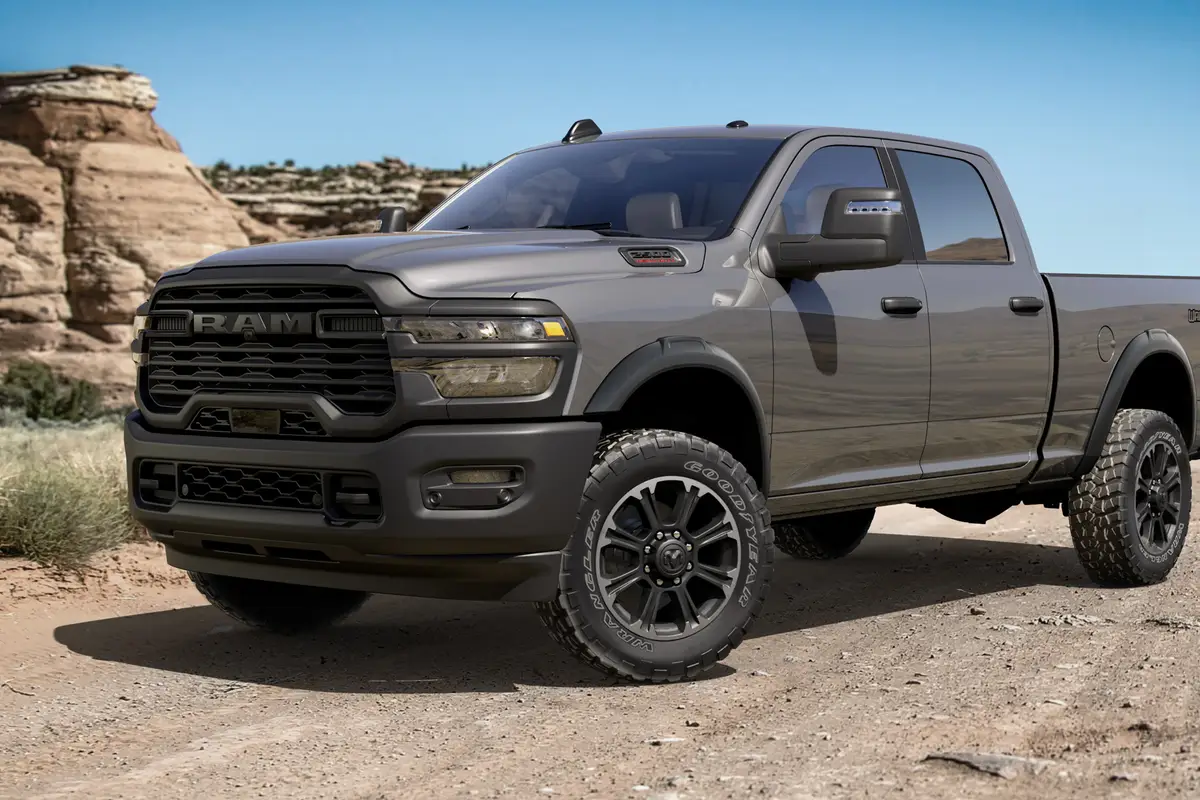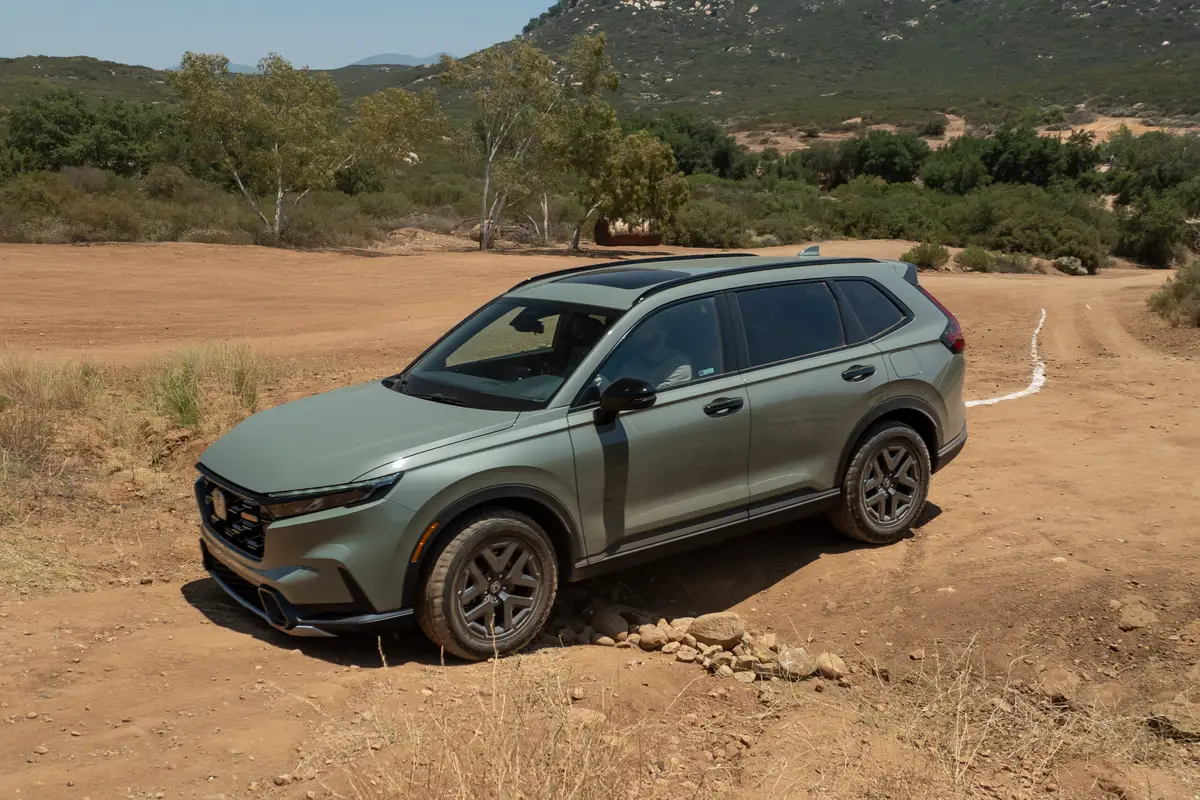Boston.com's view
Imagine that you have just purchased the latest, most powerful PC and have taken a seat to learn its many functions.
Now, imagine that you will be performing those functions – and still learning some of them – at commuter speeds in your car.
Meet the 2002 BMW 745i, in its fourth generation the most controversial BMW in some time, maybe ever. The controversy is over how complicated it can be (had to leave a note for the staff photographer on how to start the car to take it out for pictures), and its basic look.
Both facets will be both loved and hated.
First, the look.
Up front, it still appears unmistakably to be a BMW: kidney grille and, even with lowered headlights topped with eyebrow turn signals, and a lowered, slimmer air duct, you know what this car is.
It’s the rear that has some BMW aficionados shaking their heads. First, even with the notched C-pillar, the side glass seems to run farther back than in the past. This is accentuated by a shorter overhang in the front, making the roofline/greenhouse dominant. The rear fenders arc gracefully back and downward but – and here is the crux of complaint by some – the trunk lid juts out like a mesa, angular, sharp and not terribly smooth. You’ll like it or you won’t. One good aspect of this high, boxy lid is incredibly deep, tall trunk space.
Now, climb inside for where the real controversy begins (and notice the optional “soft-close” doors that you need only bring in gently without actually closing and the car automatically brings them to a whisper-quiet full latch).
Of course the controversy does not lurk in the rich leather, the black cherry or ash wood trim, the massive legroom and headroom, the multiadjustable automatic front and rear seats.
No, it lurks in that funny silver knob on the console between the front bucket seats, the one that looks like a giant radio knob.
Many of the car’s basic controls are located in four stalks on the steering column – shifter, cruise control, windshield wipers and washer, turn signal, headlight controls. Starting the car involves inserting a 1-inch by 2-inch rectangular piece into a space in the dash and pushing a start button (which later serves as the stop button). This “fob” is an electronic gadget that records the car’s service and travel history and can be plugged in at your dealer for downloading.
But now, the complicated part:
That silver dial of the iDrive system turns to eight control points, much like the points on a compass. North, south, east and west give you communications, climate control, entertainment and naviagation. Turn to any one, then push the knob, and you are into that control area (and from there on to myriad subcontrols); the diagonal positions give you roadside assistance, vehicle maintenance information, a basic help menu, and setups for programmable functions for the car.
Think of the knob as a computer mouse and think of the electronic screen at center dash as your mon itor, and away you go – after lots of learning.
This is a bold and risky move for BMW. There is no doubt this is state of the art computer controls for a car; the question is, do people want this much control in computer form over so much of what their car does?
But let’s set that aside and go for a ride.
There’s nothing complicated here.
Want to move almost 2 tons down the road with performance car spirit (0-60 in around 6 seconds)? Want to cruise on the highway in a car where 80 miles per hour arrives by accident? Want to feel like, with the car fully loaded with five adults, you could cruise at 130 miles per hour (hey, pretend you’re on the Autobahn)?
This is the car for you.
The engine is a 4.4 liter V-8 that produces 325 horsepower (a 6.0-liter V-12 is coming this fall). It is quiet from idle to high speed in a steady surge. Stomp it, however, and it rockets forward to the tune of a magnificent burble. The engine, with avariable intake system and a V lvetronic adjustment feature that replaces standard throttle with drive-by-wire, is mated to a 6-speed automatic transmission. In Europe, a buttons-on-the-wheel steptronic system allows for manual shifting. In the United States, as of now, the wheel buttons allow you to set a low gear beyond which the transmission will not upshift.
The shifts are seamless, with the first two gears set low for early acceleration, and sixth seeming to have a bottomless pond of torque.
The ride is as flat and smooth as you can imagine, even when you try to toss that tonnage around.
The suspension has struts up front and a multilink rear, but at its heart is a hydraulically activated antiroll bar system, an active stability system that keeps the car flat even in hard use. Add to it dynamic stability control, ABS, traction control, dynamic brake control, variable assist power steering, self-leveling rear suspension, and you have a car as stable as you can imagine.
In fact, it was so smooth, there were times I was taken aback, wondering just who was in control as I tried to toss it into a corner, or stomp its huge disc brakes (13.6 inches up front, 13.7 rear) into some semblance of wiggly panic stop. The answer: No problem Mr. Ford, we’re in complete control down here.
Various driving modes – comfort or sport, for instance – and stability disconnects allow the driver to get more fully in touch with what the car is doing, but most people who buy this car, I suspect, will be happy to let the car do the talking.
As to the iDrive system, I am of two minds (I should be a politician). There are many, I am sure, who will love its electronic intricacies. For them, electronics is a snap, it is a boon to better living.
But I wonder what happens to the folks who want all the wonderful performance and luxury this car has to offer, but aren’t interested in the complicated electronic wizardy?
Is there a Lexus on their horizon?
Nice Touch: The telephone dial pad that pops out of the dash just to the right of the steering wheel. Easy to reach, easy to read.
Annoyance: All those stalks on the steering column are really nothing more than keys on a computer keyboard – they send the message of what the driver is asking. In the case of the turn signal, it’s a pain. Too easy to go from left to right turn signal without stopping in the middle. The people behind you will love that move.
2002 BMW 745i
Base price: $67,850
Price as tested: $75,695
Horsepower: 325
Torque: 330 lb.-ft.
Wheelbase: 117.7 inches
Overall length: 198.0 inches
Width: 74.9 inches
Height: 58.7 inches
Curb weight: 4,376 lbs.
Seating: 5 passengers
Fuel economy: 21.7 miles per gallon
SOURCE: BMW of North America, Inc.; fuel economy from Globe testing.
Latest news



